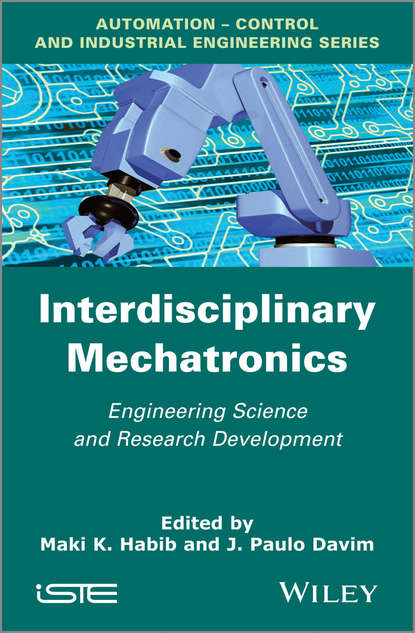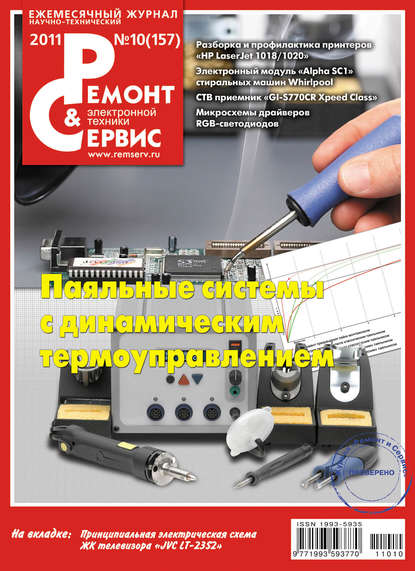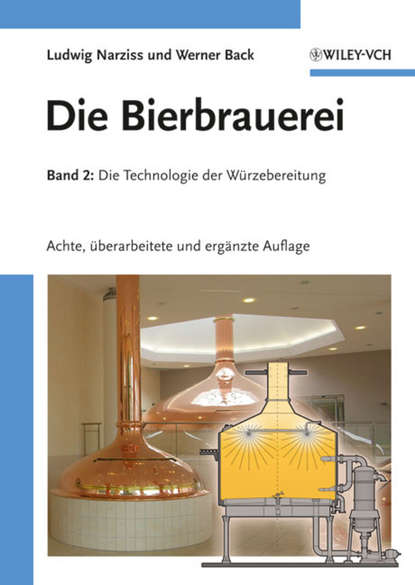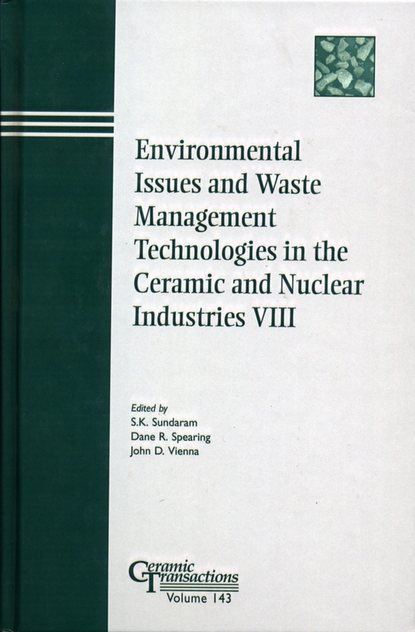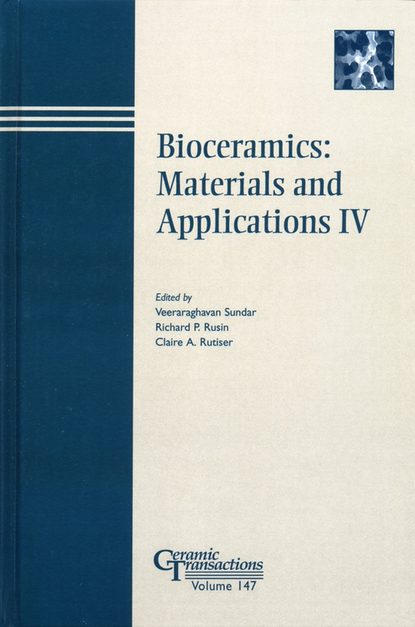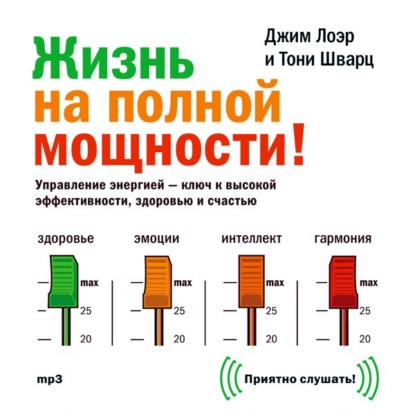Книга "Interdisciplinary Mechatronics. Engineering Science and Research Development" описывает универсальную междисциплинарную научную парадигму мехатроники, которая объединяет механику, электричество, электронику, информатику, системы управления и моделирование, робототехнику, оптику, интеллектуальные материалы, приводы, биомедицину, энергетику, устойчивое развитие, искусственный интеллект и другие науки. Книга содержит две секции: первая посвящена исследованиям в области мехатроники, а вторая - преподаванию и развитию курсов для студентов (бакалавров и магистров). Книга охватывает широкий спектр тем, включая биологические системы, робототехнику для реабилитации, управление параллельными роботами, обработку изображений и многое другое. Книга рассчитана на инженеров, которые работают в высокотехнологичной среде и занимаются сложными задачами с инициативой и энтузиазмом.
Эта книга представляет собой исследование в области мехатроники - междисциплинарной области знаний, которая объединяет в себе навыки и теоретические знания из механики, электротехники, электроники, компьютерных наук и других областей. Мехтроника объединяет несколько дисциплин, таких как механизмы, электрические, электронные, информационные системы и контроли, а также автономные роботизированные системы, оптику, умные материалы, актуаторы, биомедицину и биомеханику. Книга разделена на две части : первая часть включает главы, представляющие передовые исследования в области инженерии мехатроники, а вторая часть содержит главы, рассматривающие подходы к обучению (теоретические, проектные и лабораторные) и планирование учебного процесса для начального и последипломного образования. Образование в области мехатрноики фокусируется на подготовке инженеров, которые могут работать в высокотехнологичной среде, уделять внимание реальным практическим навыкам и активно решать сложные задачи со страстью, инновацией и энтузиазмом..
Электронная Книга «Interdisciplinary Mechatronics. Engineering Science and Research Development» написана автором Habib M. K. в году.
Минимальный возраст читателя: 0
Язык: Английский
ISBN: 9781118577233
Описание книги от Habib M. K.
Mechatronics represents a unifying interdisciplinary and intelligent engineering science paradigm that features an interdisciplinary knowledge area and interactions in terms of the ways of work and thinking, practical experiences, and theoretical knowledge. Mechatronics successfully fuses (but is not limited to) mechanics, electrical, electronics, informatics and intelligent systems, intelligent control systems and advanced modeling, intelligent and autonomous robotic systems, optics, smart materials, actuators and biomedical and biomechanics, energy and sustainable development, systems engineering, artificial intelligence, intelligent computer control, computational intelligence, precision engineering and virtual modeling into a unified framework that enhances the design of products and manufacturing processes. Interdisciplinary Mechatronics concerns mastering a multitude of disciplines, technologies, and their interaction, whereas the science of mechatronics concerns the invention and development of new theories, models, concepts and tools in response to new needs evolving from interacting scientific disciplines. The book includes two sections, the first section includes chapters introducing research advances in mechatronics engineering, and the second section includes chapters that reflects the teaching approaches (theoretical, projects, and laboratories) and curriculum development for under- and postgraduate studies. Mechatronics engineering education focuses on producing engineers who can work in a high-technology environment, emphasize real-world hands-on experience, and engage in challenging problems and complex tasks with initiative, innovation and enthusiasm. Contents: 1. Interdisciplinary Mechatronics Engineering Science and the Evolution of Human Friendly and Adaptive Mechatronics, Maki K. Habib. 2. Micro-Nanomechatronics for Biological Cell Analysis and Assembly, Toshio Fukuda, Masahiro Nakajima, Masaru Takeuchi, Tao Yue and Hirotaka Tajima. 3. Biologically Inspired CPG-Based Locomotion Control System of a Biped Robot Using Nonlinear Oscillators with Phase Resetting, Shinya Aoi. 4. Modeling a Human’s Learning Processes toward Continuous Learning Support System, Tomohiro Yamaguchi, Kouki Takemori and Keiki Takadama. 5. PWM Waveform Generation Using Pulse-Type Hardware Neural Networks, Ken Saito, Minami Takato, Yoshifumi Sekine and Fumio Uchikoba. 6. Parallel Wrists: Limb Types, Singularities and New Perspectives, Raffaele Di Gregorio. 7. A Robot-Assisted Rehabilitation System – RehabRoby, Duygun Erol Barkana and Fatih Özkul. 8. MIMO Actuator Force Control of a Parallel Robot for Ankle Rehabilitation, Andrew Mcdaid, Yun Ho Tsoi and Shengquan Xie. 9. Performance Evaluation of a Probe Climber for Maintaining Wire Rope, Akihisa Tabata, Emiko Hara and Yoshio Aoki. 10. Fundamentals on the Use of Shape Memory Alloys in Soft Robotics, Matteo Cianchetti. 11. Tuned Modified Transpose Jacobian Control of Robotic Systems, S. A. A. Moosavian and M. Karimi. 12. Derivative-Free Nonlinear Kalman Filtering for PMSG Sensorless Control, Gerasimos Rigatos, Pierluigi Siano and Nikolaos Zervos. 13. Construction and Control of Parallel Robots, Moharam Habibnejad Korayem, Soleiman Manteghi and Hami Tourajizadeh. 14. A Localization System for Mobile Robot Using Scanning Laser and Ultrasonic Measurement, Kai Liu, Hongbo Li and Zengqi Sun. 15. Building of Open-Structure Wheel-Based Mobile Robotic Platform, Aleksandar Rodic and Ivan Stojkovic. 16. Design and Physical Implementation of Holonomous Mobile Robot–Holbos, Jasmin Velagic, Admir Kaknjo, Faruk Dautovic, Muhidin Hujdur and Nedim Osmic. 17. Advanced Artificial Vision and Mobile Devices for New Applications in Learning, Entertainment and Cultural Heritage Do
